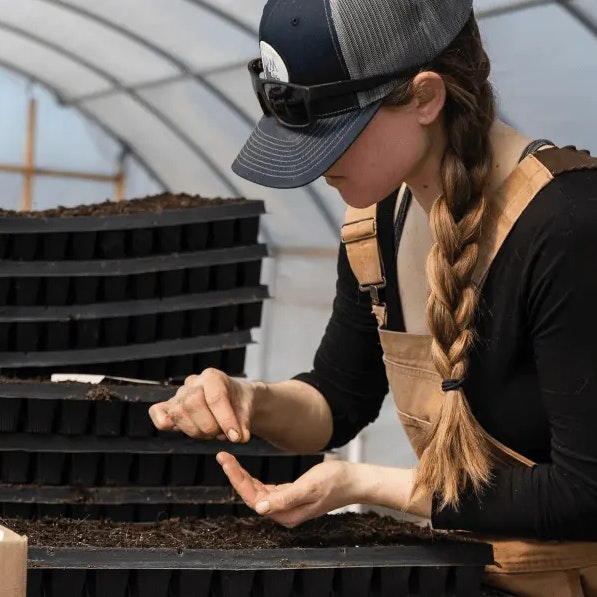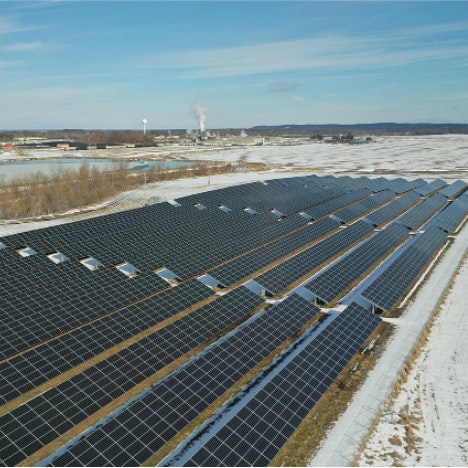Our Approach to Net Zero
Our ambition is to achieve net-zero greenhouse gas emissions by 2040 across our global operations and diverse supply chain including agricultural producer partners, suppliers and customers.

Five Initial Steps to Reach Net Zero
- Invest more than $1 billion in upgrading facilities and equipment by 2030.
- Invest $100 million in research and development projects by 2030.
- Reduce emissions in all JBS facilities by 30% by 2030.
- Use 100% renewable electricity by 2040.
- Tie environmental performance to executive compensation to ensure accountability.
Click here to learn more about our sustainability initiatives.
Our Projects

UNL Feedlot Innovation Center
We invested $700,000 in the new University of Nebraska-Lincoln’s Feedlot Research, Teaching and Extension center. The new center will allow for groundbreaking research of emerging technologies, environmental impacts, low-stress animal handling and more, while providing unique opportunities for teaching, outreach and public-private partnerships.

CSU AgNext
$230K for Colorado State University AgNext program to help cattle producers from across the country implement sustainable grazing practices. From methane-measuring technologies to GPS collars on cattle, read some of the ideas in this Wall Street Journal article.

Soil and Water Outcomes Fund
$150K for the Soil and Water Outcomes Fund to drive carbon sequestration, improve water quality, and create new economic opportunities for growers to profit from conservation practices, such as no-till and cover crops. The partnership will include a 10,000-acre pilot in Indiana, an important supply shed for our pork production.

Greener Cattle Initiative
$100K for the Foundation for Food and Ag Research, Greener Cattle Initiative. We are part of 10 companies funding almost $5 million over the next five years to support research and development of practices and technologies to reduce enteric methane emissions from cattle.

UMN FoodS³ Model
$33K for the University of Minnesota to utilize the Food System Supply-chain Sustainability (FoodS³) transportation model to map the animal supply sheds and their associated feed sheds within the U.S., as well as the greenhouse gas impacts associated with these supply chains.

Food Loss & Waste 2030 Champion
Food waste has far-reaching impacts on food security, resource conservation and climate change. In 2015, USDA and EPA announced the first-ever U.S. food loss and waste reduction goal. JBS and Pilgrim’s joined the movement and committed to reduce food loss and waste in our U.S. operations by 50 percent by the year 2030.
Net Zero Champions

Mark Ritsema
Head of Environmental Sustainability at JBS Greeley, CO

Interim Goals on Our Path to Net Zero

Reduce GHG emission intensity by 20%. How? By investing in energy-efficient technologies such as LED lighting, electric heating systems and transportation.

Reduce electricity-use intensity by 12%. How? All production and processing facilities have a wastewater treatment program to help reduce discharged water volume.

Reduce water-use intensity by 10%. How? We use solar power systems and biogas as a renewable energy source at multiple facilities.

Our Commitment
Our net-zero ambition is just one way we're bringing more to the table.
In The News

The Washington Post
Charting a Path to More Sustainable Food Production via 5 Big Goals






